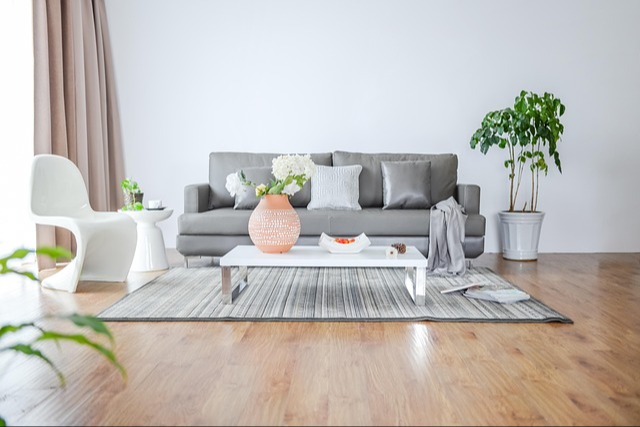If you're a die-hard stomach sleeper but waking up with aches, stiffness, or breakouts, your favorite sleep position might be the culprit. While belly-down snoozing isn't inherently bad for everyone, it can wreak havoc on your spine, neck, and skin over time. The good news? With some strategic adjustments—whether that's retraining your sleep posture or optimizing your setup—you can keep enjoying restful nights without the morning-after regrets.
The Spinal Side Effects of Stomach Sleeping
When you sleep face-down, your neck gets twisted into an unnatural position for hours—picture your head cranked to one side like a broken dashboard bobblehead. This awkward rotation strains the cervical spine, leading to tight muscles, pinched nerves, and that "I slept wrong" headache. Down south, your lower back often sags into the mattress, destabilizing the lumbar spine. Over time, this can contribute to chronic stiffness or even sciatica-like symptoms. If you're already prone to back issues, stomach sleeping is basically throwing gasoline on the fire.
Pillow Talk: Why Your Face Hates Stomach Sleeping
That cozy nest of pillows? It's a breeding ground for acne. When your cheek is smushed against fabric all night, friction combines with leftover makeup, hair products, and skin oils to clog pores. Even if you wash your face religiously, unwashed pillowcases transfer bacteria and residue—especially problematic if you use heavy serums or don’t shower before bed. Breakouts along the chin, jawline, or forehead are common red flags. The fix isn’t necessarily ditching stomach sleeping altogether, but adopting a "clean sleep" routine: silk pillowcases, frequent laundering, and always removing makeup.
Retraining Your Body to Sleep Differently
Switching sleep positions is like breaking up with a bad habit—it takes time and a solid rebound plan. Start by transitioning to side sleeping, which is gentler on your spine. Hug a body pillow to prevent rolling onto your stomach unconsciously. If you wake up mid-flip, don’t stress; just readjust. For stubborn cases, try the "tennis ball trick": sew a small ball into the front of a tight shirt to make stomach sleeping uncomfortable. Over time, your body will seek alternatives naturally.
Stomach Sleeper Hacks for Damage Control
If side sleeping feels impossible, optimize your stomach setup. Use a thin pillow (or none at all) to minimize neck strain, and place a flat cushion under your hips to keep your lower back aligned. Invest in a medium-firm mattress that prevents excessive sagging. Some swear by sleeping with arms tucked under their head like a makeshift "frame" to reduce shoulder tension. And if acne’s your nemesis, swap cotton pillowcases for breathable bamboo or silk, and wash them twice a week.
At the end of the day (or night), sleep quality trumps perfect posture. If stomach sleeping is your jam, focus on mitigating risks rather than forcing an unnatural change. But if pain or breakouts persist, view it as your body’s way of saying, "Let’s negotiate." With patience and tweaks, you can find a balance that keeps both your spine and your sanity intact.
























